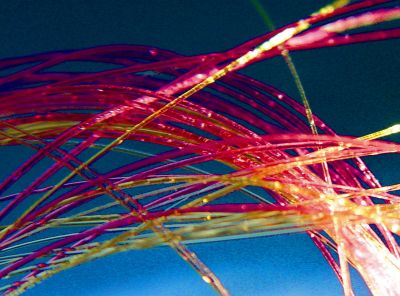Heat transfer in polymers

Science Image
CSIRO [CC BY 3.0 (http://creativecommons.org/licenses/by/3.0)], via Wikimedia Commons
Traditionally, how polymer parts perform under conditions of high heat is determined through extensive empirical work, which is time consuming and costly. EU-funded researchers, aided by the growth of numerical simulations, developed a more systematic approach to predicting their operational efficiency.
A critical aspect of the approach developed within the 'Determination of
heat transfer coefficients by inverse methods' (HTC) project was to
determine heat transfer on the surface of polymer parts. To calculate
the heat transfer conditions, both surface temperature and heat flux
must be estimated. These properties are difficult to determine directly
from measurements.
In this light, inverse methods developed by HTC researchers allow
estimation of boundary conditions from the thermal history in the
interior of the solid. Specifically, the procedure involves measurements
of the temperature response inside the particular part, which are
subsequently converted into heat flux and temperature at the surface.
This so-called inverse heat conduction method leads to an ill-posed
problem, which does not satisfy criteria for the existence, uniqueness
and stability of its solution. In the past, many efforts were devoted to
obtain a solution that is accurate and not sensitive to noise in the
temperature measurements. Additionally, problems examined concerned
solely the estimation of boundary heat flux and temperature.
The HTC team focused on heat transfer coefficients, accompanying
heat transfer across the solid's surface. They treated the problem of
estimating space-, time- and temperature-dependent coefficients both as a
linear and a non-linear problem. To obtain a physically realistic
solution, a new regularisaton technique was employed, the conjugate
gradient method.
A series of numerical experiments were conducted to verify the
effectiveness of the method to suppress sensitivity to noise in the
computed solution. Initially evaluated for problems arising in the
design of polymer structures and products, HTC research will be
continued to cover metal casting and finned-tube heat exchangers.
There is significant research still to be conducted in inverse
problems theory, but the first steps have been made. More importantly,
further applications are expected to be identified through close
collaboration with HTC industrial partners. Adoption of efficient
computational techniques should contribute to the competitiveness of
European industry.
published: 2015-02-13